Reading
Day 1: Mark 1:1, Luke 1:1-4, John 1:1-18, Matthew 1:1-17, Luke 3:23-38, Luke 1:5-38
Day 2: Luke 1:39-80, Matthew 1:18-25, Luke 2:1-40
Day 3: Matthew 2:1-23, Luke 2:41-52, Mark 1:2-8, Matthew 3:1-12, Luke 3:1-18, Mark 1:9-11, Matthew 3:13-17, Luke 3:21-22
Day 4: Mark 1:12-13, Matthew 4:1-11, Luke 4:1-15, John 1:19-2:25
Day 5: John 3:1-4:45, Luke 3:19-20
Day 6: Mark 1:14-15, Matthew 4:12-17, Luke 3:23, John 4:46-54, Luke 4:16-30, Mark 1:16-20, Matthew 4:18-22, Mark 1:21-28, Luke 4:31-37, Mark 1:29-34, Matthew 8:14-17, Luke 4:38-41, Mark 1:35-39, LUKE 4:42-44, Matthew 4:23-25
Day 7: Luke 5:1-11, Mark 1:40-45, Matthew 8:1-4, Luke 5:12-16, Mark 2:1-12, Matthew 9:1-8, Luke 5:17-26, Mark 2:13-17, Matthew 9:9-13, Luke 5:27-32, Mark 2:18-22, Matthew 9:14-17, Luke 5:33-39
Preview
Hard Questions
- Dealing with the Gospels as four distinct sources but a biblical unity. The three Synoptics plus John, Luke clearly writing later than Matthew and Mark, from a second-generation point of view, after doing research (“Many have taken in hand to set in order a narrative of these things which have been fulfilled among us”). He has personally heard from eyewitnesses and ministers of the word. Other aspects: John and the Logos, Matthew and the Hebrew perspective.
- Why is Matthew’s genealogy different/what’s going on with the numbers? Louis A. Barbieri, Jr.’s commentary on Matthew in the Bible Knowledge Commentary says, “Matthew gave Jesus’ lineage through his legal father, Joseph. Thus this genealogy traced Jesus’ right to the throne of David, which must come through Solomon and his descendants … . Matthew obviously did not list every individual in the genealogy between Abraham and David, between David and the Exile, and between the Exile and Jesus. Instead he listed only 14 generations in each of these time periods. Jewish reckoning did not require every name in order to satisfy a genealogy. But why did Matthew select 14 names in each period? Perhaps the best solution is that the name ‘David’ in Hebrew numerology added up to 14 … . Matthew’s genealogy answered the important questions a Jew would rightfully ask about anyone who claimed to be King of the Jews. Is He a descendant of David through the rightful line of succession? Matthew answered yes!” (18).
- What’s the division of Abijah (Luke 1:5)? John A. Martin’s commentary in the Bible Knowledge Commentary says that “this division was one of 24 groups of priests, drawn up in David’s time (1 Chron. 24:7-18). The priests in each division were on duty twice a year for a week at a time. Zechariah was of the division of Abijah (1 Chron. 24:10). Zechariah was chosen by lot to be the priest who offered the incense. Because of the large number of priests, this would be the only time in Zechariah’s life when he was allowed to perform this task” (203).
- Luke and dating; a very good history, specific attention paid to dates, etc., because he’s writing a carefully researched historical account for someone named Theophilus to read. I wonder if Theophilus were perhaps someone Luke hoped to convince to have faith in Christ.
- (Luke 2:36) “Seven years from her virginity”? Likely she had been widowed after seven years of marriage, and is now 84 years old.
- (Matthew 2) Wise men from the east? Star? Herod killing children? The wise men could have been Persian or Babylonian; both had a strong historical connection with Israel, and both had very strong traditions of “wise men.” The Jews could have shared their prophecies with both groups over the course of the exile. An interesting possibility for the star: Barbieri said, “The star they had seen in the East now reappeared and led them to a specific house in Bethlehem where they found the child Jesus. Bethlehem is about five miles south of Jerusalem. ‘Stars’ (i.e., planets) naturally travel from east to west across the heavens, not from north to south. Could it be that ‘the star’ which the Magi saw and which led them to the specific house was the Shekinah glory of God? That same glory had led the children of Israel through the wilderness for 40 years as a pillar of fire and cloud. Perhaps this was what they saw in the East, and for want of a better term they called it a ‘star.’ All other efforts to explain this star are inadequate (such as a conjunction of Jupiter, Saturn, and Mars; a supernova; a comet, etc.” (22). As to the identity of the men from the east, no one knows who they are, nor how many they were. Traditions rose up all over the world of early Christianity, giving three names to three individuals, but these aren’t historically dependable. As to Herod killing children, this isn’t recorded anywhere outside of Matthew (that we know of), but it would be well within his character, according to other sources about him. The deaths of a relatively small group of children from an unimportant people group would not have drawn much attention from Roman historians, or even from Jewish historians living far away. Herod was known to have put several of his own children and wives to death, and supposedly Augustus said that it was better to be Herod’s pig than his son, as the pig had a better chance of survival (23).
- Demons and the devil in the gospels. Sudden emphasis on the devil and demons that we really don’t see in the Old Testament. J. I. Packer and M. C. Tenney’s Illustrated Manners and Customs of the Bible attributes this to a Persian influence, saying that “Jews of the Diaspora became fascinated with demons and angels. They qualified the biblical belief in a Creator who has sovereign control of His creation by adopting a Persian view of the universe with an elaborate spirit world and an ongoing war between the forces of light and of darkness” (501). Apparently this starts to pop up quite a bit in the deuterocanon, and we do see that the Pharisees already had a well-formed tradition of and familiarity with exorcisms (Acts 19:13-16; Mt. 12:27). I do wonder whether this was actually due to a Persian influence. We see the Gospels dealing with individuals in a different way than much of the Old Testament. In the Old Testament, the concern of the text is mostly tracing the large-scale history of Israel and God, and it tends to deal more with leaders and prophets, as a political-theological history. The New Testament immediately zooms in on the lives of individuals in the street as they interact with John the Baptist and Jesus, and it has a much greater aspect of social history. It deals frequently with individuals of low social status or education (commoners, children, pagans, servants, women, the ill, and the poor), which is why we may see more strains of traditional, folk, or street religion popping up. Additionally, in the Old Testament, worship of demons was overt, practiced by the State (from the king down), and played out on the high places and other areas (Lev. 17:7; Deut. 32:17; 2 Chron. 11:15; Ps. 106:37). It was always there, but we don’t get to see what played out in people’s homes. One thing we do see in the Old Testament, that echoes into the New, is that people would consult mediums, diviners, and spiritists, and these people would often have familiar spirits, for which the Hebrew word is a pretty near echo of the python spirit in Acts 16:16. It would definitely be interesting to research this further.
- (John 4:9) “Then the woman of Samaria said to Him, “How is it that You, being a Jew, ask a drink from me, a Samaritan woman?” For Jews have no dealings with Samaritans.” Edwin A. Blum notes, in his commentary on John from the Bible Knowledge Commentary, “The NIV margin gives an alternate translation to the Greek sentence with the word synchrontai (‘associate’ or ‘use together’): the Jews ‘do not use dishes Samaritans have used.’ This rendering may well be correct. A Rabbinic law of A.D. 66 stated that Samaritan women were considered as continually menstruating and thus unclean. Therefore a Jew who drank from a Samaritan woman’s vessel would become ceremonially unclean” (285).
Review
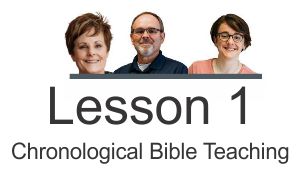
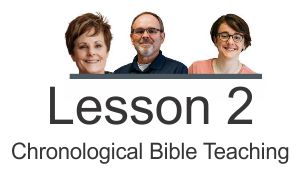

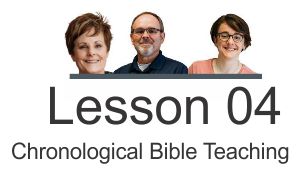
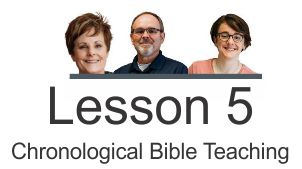
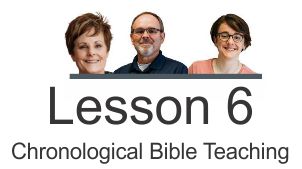
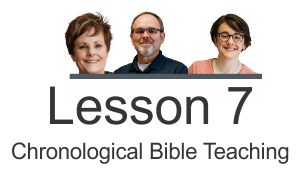
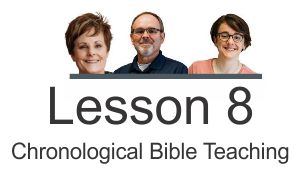
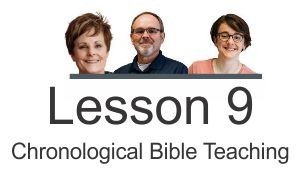
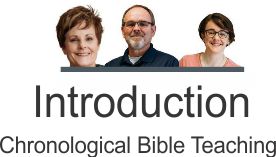


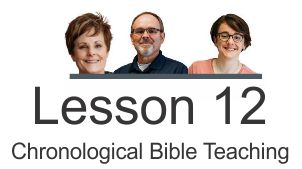
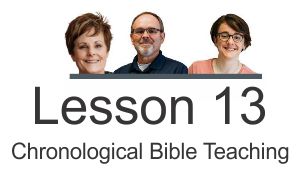
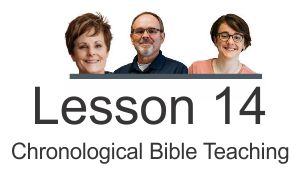
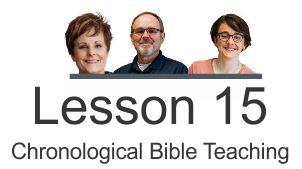
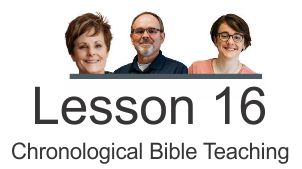
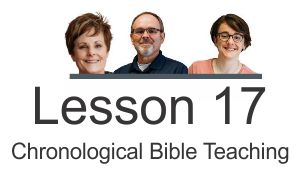
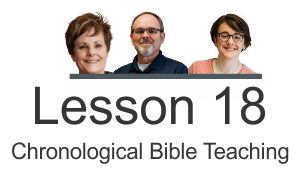
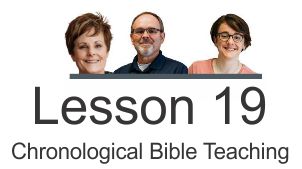
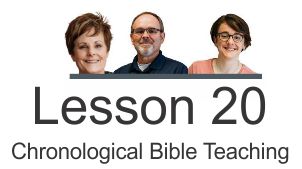
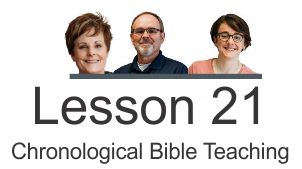
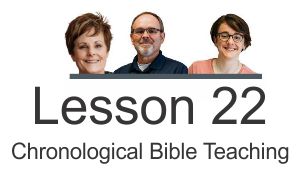
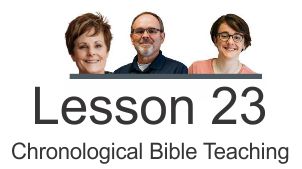
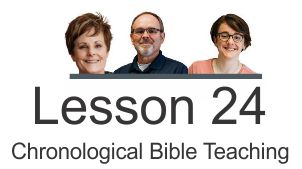
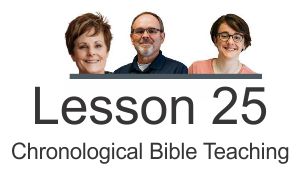
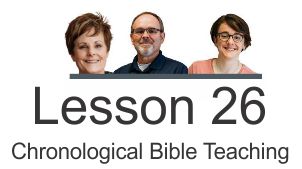
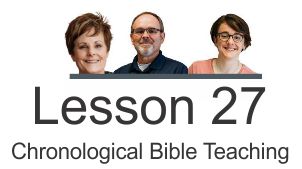
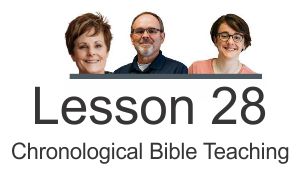
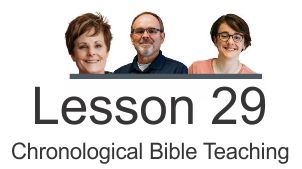
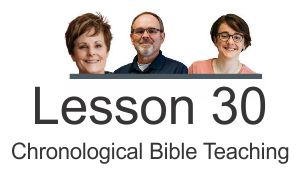

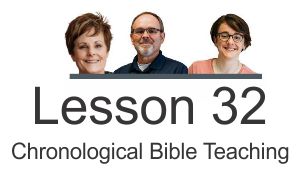
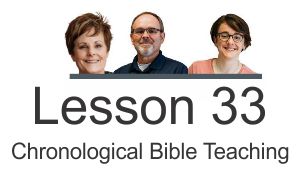
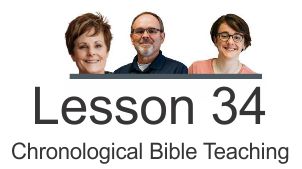
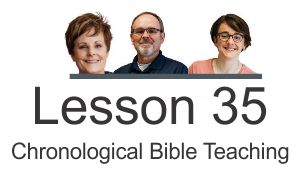
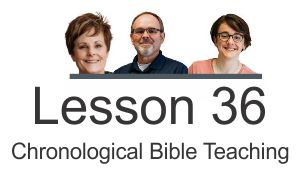
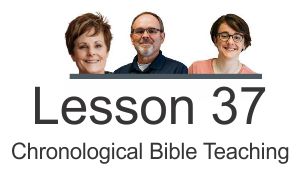
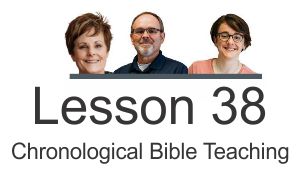

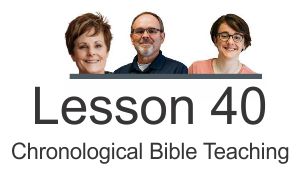
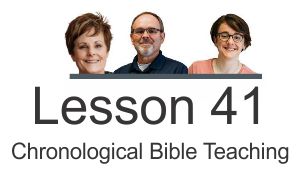
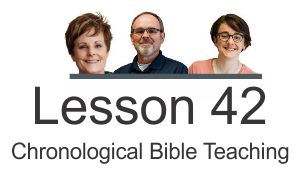
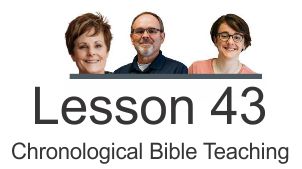
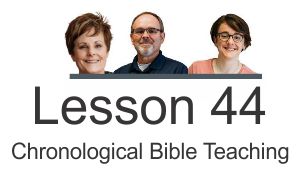
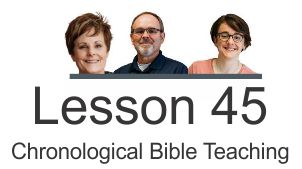
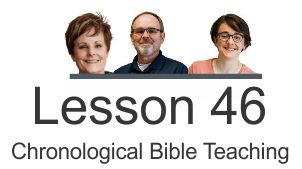
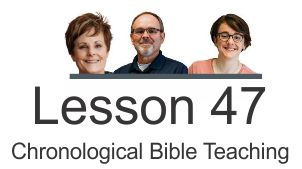
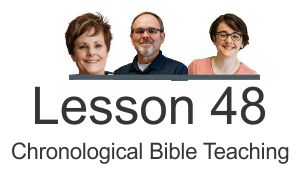
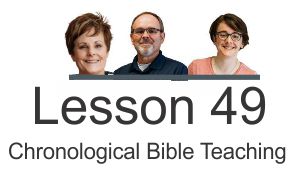
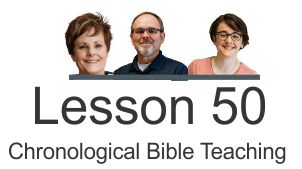
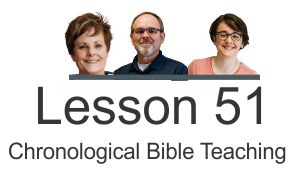
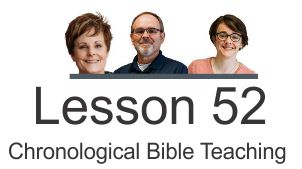
Page Discussion
Membership is required to comment. Membership is free of charge and available to everyone over the age of 16. Just click SignUp, or make a comment below. You will need a user name and a password. The system will automatically send a code to your email address. It should arrive in a few minutes. Enter the code, and you are finished.
Members who post adverts or use inappropriate language or make disrespectful comments will have their membership removed and be barred from the site. By becoming a member you agree to our Terms of Use and our Privacy, Cookies & Ad Policies. Remember that we will never, under any circumstances, sell or give your email address or private information to anyone unless required by law. Please keep your comments on topic. Thanks!